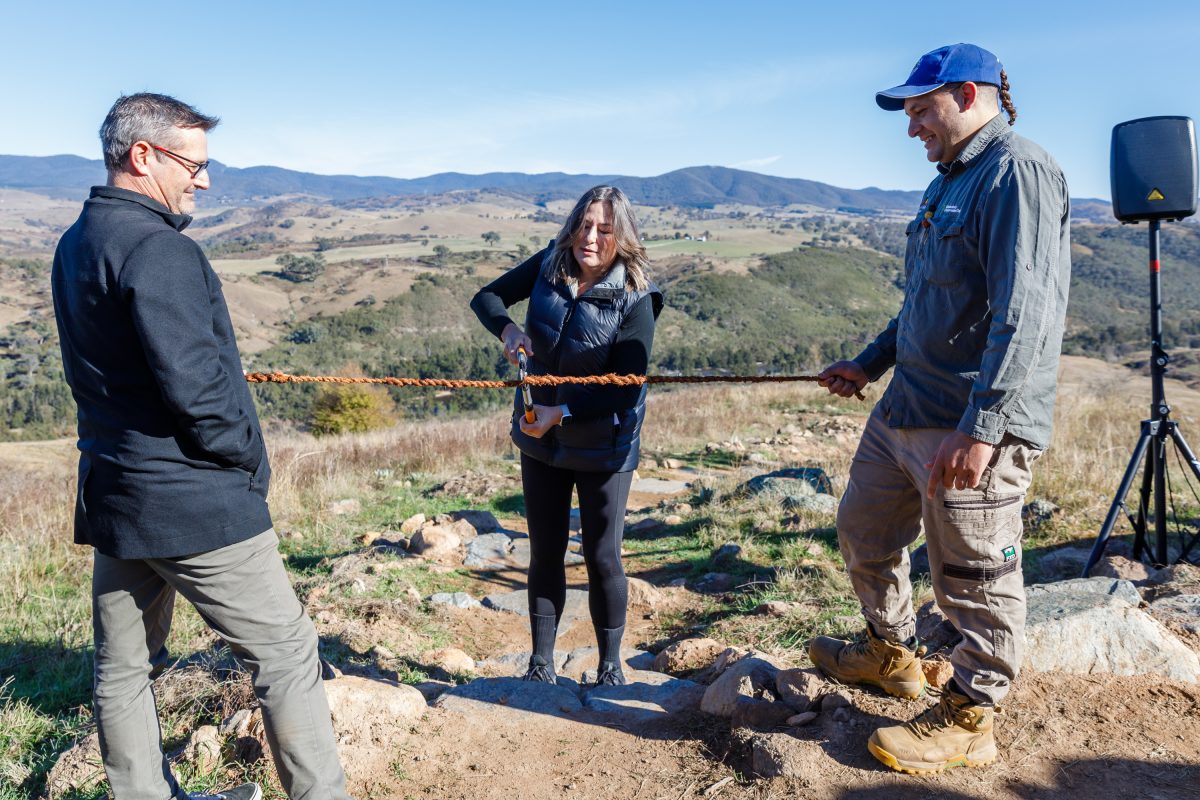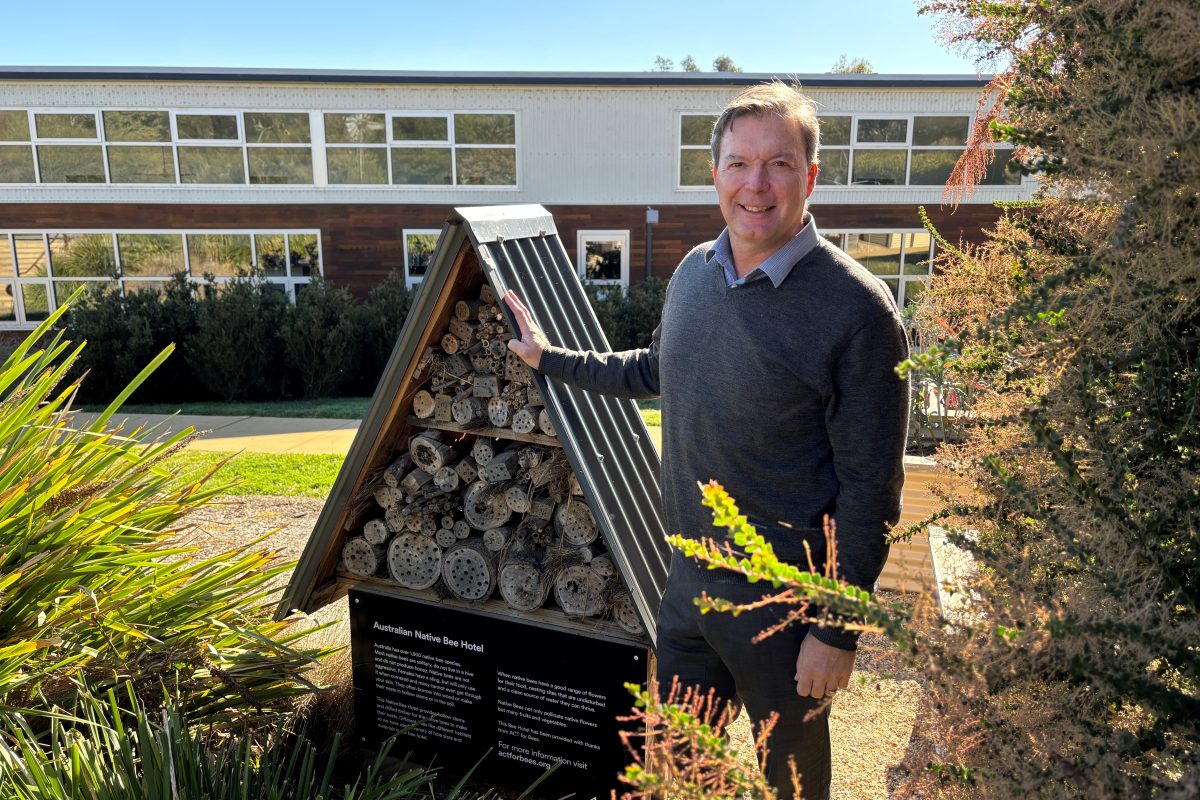What the development of Ginninderry means for Ginninderra Falls
The development of the Ginninderry area brings with it a great opportunity to protect, enhance and re-open Ginninderra Falls, via significant capital investment funded by the development project, and the establishment of a Conservation Management Trust for its management in perpetuity.
A Conservation Management Trust is an emerging governance model for areas of high conservation and / or other intrinsic values, drawing on skills and participation from the public and private sectors. The unique opportunity for Ginninderra Falls lies in the ability of the Ginninderry development project to provide the very significant funding required for both the initial capital works and the ongoing care, control and management of the Conservation Corridor.
To provide the required knowledge base for proper management of Ginninderra Falls and its environs, a great deal of scientific investigation has already been completed, with further work ongoing. This work will ensure that all notable environmental, ecological and cultural features within the whole of the Conservation Corridor are identified, providing a robust evidence base for management of the Falls precinct and the Corridor more generally.
In parallel with the scientific investigations, Ginninderry Joint Venture (the Development Manager for the Ginninderry project) has been working with community groups and associations including The Conservation Council ACT Region, Ginninderra Falls Association and Ginninderra Catchment Group since 2011. In 2015 Ginninderry Joint Venture established a Ginninderra Falls working group that includes representatives from all of those organisations.
As a result of discussions within the working group, three additional investigations are underway, including a Rosenburg’s Monitor survey, an independent Indigenous Cultural Heritage Assessment (including rigorous consultation with recognised knowledge holders) and an updated flood study for Ginninderra Creek.
The scientific investigations and inputs from the working group will inform a revised planning proposal for the Parkwood (NSW) part of the project to be submitted to the NSW Department of Planning and Yass Valley Council in late 2016. Formal community consultation on that revised proposal will occur in early 2017.
Based on the results of investigations completed to date, the revised planning proposal will most likely include the following key initiatives:
- No residential development closer than 200 metres to Ginninderra Creek at the Ginninderra Falls.
- The establishment of environmental protection zones to encompass important ecological and cultural features, particularly habitat for the threatened Pink-tailed Worm-lizard (Aprasia parapulchella) and Yellow Box – Red Gum grassy woodland, areas of Indigenous significance and those associated with European settlement of the area.
- The adoption of strict urban development limits to ensure appropriate separation between residential areas and identified environmental ecological and cultural assets.
- The adoption of locality specific controls (within a Development Control Plan) for proposed urban areas near to the Conservation Corridor to provide an additional layer of detailed provisions to more precisely manage any development adjoining and near to the Corridor boundary.
It should also be noted that the evidence base assembled to date has underpinned the preparation of a draft Management Strategy for the Corridor by natural area management experts, TRC Pty Limited.
On completion, the Strategy will be the key management tool for the Corridor. The draft document has informed the scope of and costs for the proposed capital works for the Falls area and the Corridor more generally (e.g. lookouts, trails, safety fencing, environmental management programs, visitor facilities, access and other infrastructure). Those estimated costs have become the baseline for determining the capital cost budget (which is now incorporated in the Ginninderry Project budget), while the estimates of ongoing management costs have been used to determine the project base funding scenarios for ongoing management.
The Management Strategy will be made public upon its completion.
In the context of the above, Ginninderry Joint Venture believes that the establishment of the Conservation Management Trust, supported by capital and recurrent project based funding, is the best way to manage the Ginninderra Falls and the Conservation Corridor, for the following reasons:
- It can operate seamlessly across the ACT / NSW border.
- It will provide a unique opportunity for the community and government / Council to have collaborative responsibility for the care, control and management of the Corridor and the Falls in perpetuity.
- It can be funded largely from the Project and will thus not be a burden on Council’s or Governments existing revenue sources.
- Its operation will be underpinned by an evidence based comprehensive management strategy encompassing biodiversity protection, habitat and vegetation restoration, weed and pest control, bushfire management and cultural heritage management.
- It will oversee the development and take responsibility for the management of the proposed network of trails and recreational areas within the Corridor, which have been planned in the context of the known environmental, ecological and cultural features of the land.
As Ginninderry progresses the project team and the Trust will work hand in hand with the community to realise the vision of a Conservation Corridor (including Ginninderra Falls) that respects and protects its significant environmental values, while at the same time enabling sustainable community use and enjoyment.


